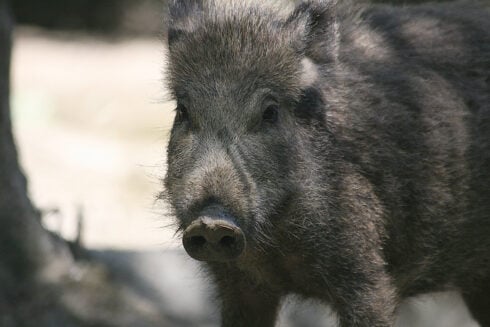SCIENTISTS from the Universitat Autonoma de Barcelona have released papers that have identified a brand new dinosaur species from bones found 18 years ago.
The study has identified a complete femur bone from a large bird like dinosaur discovered by paleontologists near Sant Roma d’Abella in Catalonia, Spain.
Named Tamarro insperatus, the two metre tall, fliightless bird belonged to the Troodontid family of birds, similar to Kiwi’s and Rea birds native to New Zealand.
It is estimated to have a wingspan of approximately three metres and weigh in the region of 20 kilograms.

Previous examples of bone samples from this particular species have been found in France years earlier, however they were unable to properly identify the species as they were incomplete teeth samples.
These samples date the Troodontid species in Europe back to 100 million years ago, deep in the Early Cenomanian age.
“The complete bone’s characteristics show that this is a brand new species, and gives us clues as to how it grew and lived.
Cross sections of the bone sample show that the bird grew at a rapid rate from chick to adult, a characteristic common for flightless birds from that age to help limit exposure to predators.
However the 2003 samples possible date this bird later, approximately 77-66 million years ago, meaning the habitation of Troodontids in Europe was longer lasting than previously thought.
In those times, Europe was a series of biologically diverse islands, each with their own eco systems and animal life, with the new discovery occupying what is known as the Ibero-Armorican island.
“Troodontids presence in Europe has been debated for many years, but the results of this study have confirmed that they were definitely there and stayed for a long period of time.” said Dr. Albert Selles, scientist at the Miquel Crusafon Paleontology Institute.
“The discovery of Tamarro insperatus in the latest Maastrichtian deposits from southern Pyrenees represents the first unequivocal bone evidence of this group of small-sized non-avian theropods in Europe”
It is thought that the bird migrated from Asia during the change of climate in what is known as a Maastrichtian dispersal event.
Click here to read more Spain News from The Olive Press.








